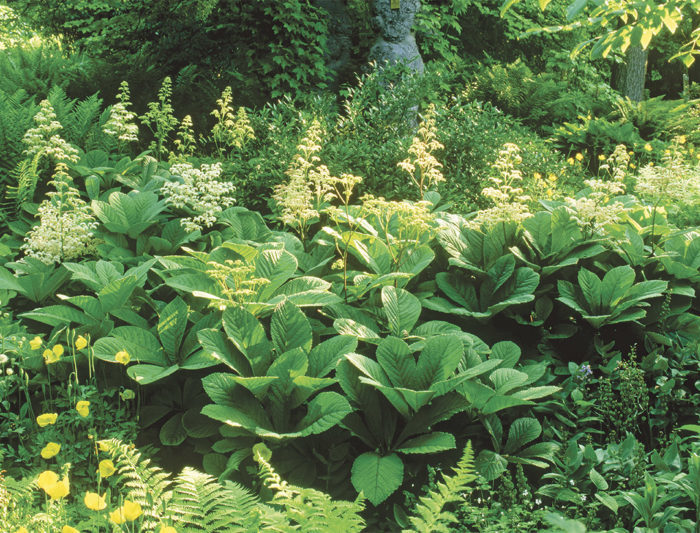
❋ Plant-Trial Results ❋
Some plants need time to grow on you, while others take hold from the start—the draw might be flower color, foliar texture, or something intrinsic. Where rodgersias are concerned, their large, corrugated leaves were the hook for me. Given the paucity of perennials with bold-textured foliage for northern gardens —gunnera (Gunnera manicata, Zones 7-10) is too tender, butterbur (Petasites japonicus, Zones 5- 9) is too weedy, and ligularias (Ligularia spp. and cvs., Zones 4-9) are too often finicky—rodgersias are well-mannered, cold-hardy alternatives that fill the niche beautifully. Our trial sprung from the misconception that rodgersias were marginally hardy in Chicago—a “fact” that I’d heard for too many years—and that rodgersias were connoisseur plants for expert gardeners only. Happily, the trial debunked these myths, proving that rodgersias are so dependable that everyone should have at least one—if you can stop at one.
Although this wasn’t our biggest trial by a long shot, we were able to test more than a handful of rodgersia species over several years. The following are the ones that stood out from the pack.
At a Glance

Rodgersia spp. and cvs.
Zones: 5-9
Conditions: Partial shade; moist, well-drained soil
Bloom Time: Mid- to late spring to midsummer
Troubles: Snails and slugs; leaf desiccation
Top Performers are Worth the Investment
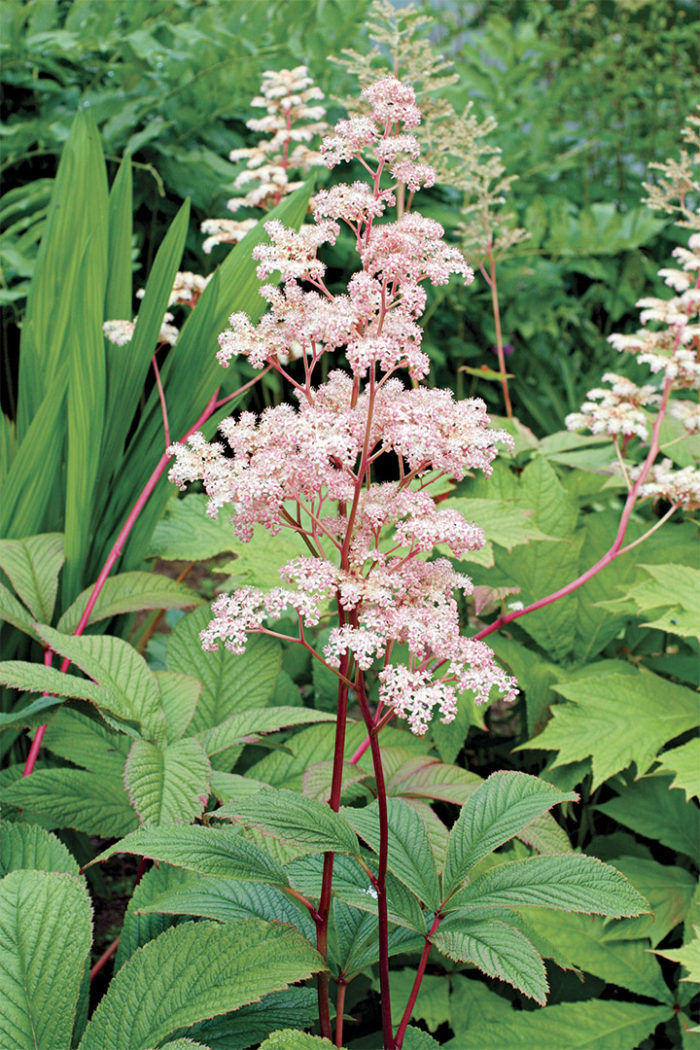
‘Kupfermond’ (R. ‘Kupfermond’) was one of the top performers every year and notable for its reliably bushy habit—it was the tallest in both leaf and flower. Rodgersias have basal leaves, which means that long petioles arise directly from the rhizomes, and their length is essentially the height of the plant without flowers. The wrinkles and furrows of this variety’s large leaves only accentuate its bold texture. ‘Kupfermond’ had the darkest red-bronze spring leaves and was more of a chameleon than other rodgersias—the strong early color faded to green tinged with bronze in midspring, developed bronzy margins in summer, and ultimately turned red by fall. In late spring, the 16-inch-tall clusters of pale pink flowers with creamy white stamens are a bonus.

Bronzeleaf rodgersia (R. podophylla) is the most dramatic of the rodgersias—its lush leaves can be 2 to 3 feet across with 5 lustrous green leaflets, each jaggedly toothed and thrice lobed at the tips. ‘Smaragd’ bronzeleaf rodgersia (R. podophylla ‘Smaragd’) was the undisputed star of the group. Besides having a robust habit and flowering well in most years, spring frosts rarely damaged its new leaves. Bronzeleaf rodgersias emerge earlier in spring than most, so frost injury can be troublesome. Although the bronze color of ‘Smaragd’ fades away quickly in spring, the green summer leaves are striking on their own with or without the giant, creamy-white flower plumes floating above them.
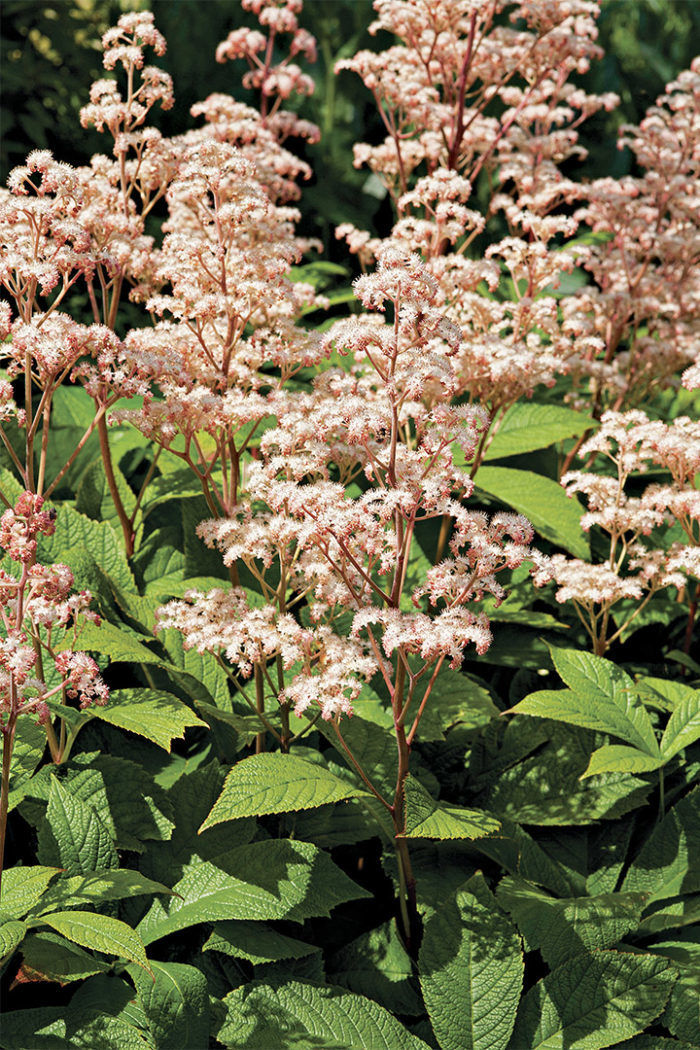
‘Badenweiter’ (R. ‘Badenweiter’) came to us from Germany at the turn of the new century and quickly distinguished itself in our gardens. The large, palmlike leaves emerged red-bronze and held this color until midspring—cool spring temperatures enhance leaf color but do not prolong it. While the color was strong, it was not as dark as ‘Kupfermond’, ‘Hercules’, ‘Die Schöne’, or ‘Fireworks’. Clusters of creamy white flowers gave ‘Badenweiter’ some height in late spring; the inflorescences turned rosy after flowering and stayed colorful into late summer.
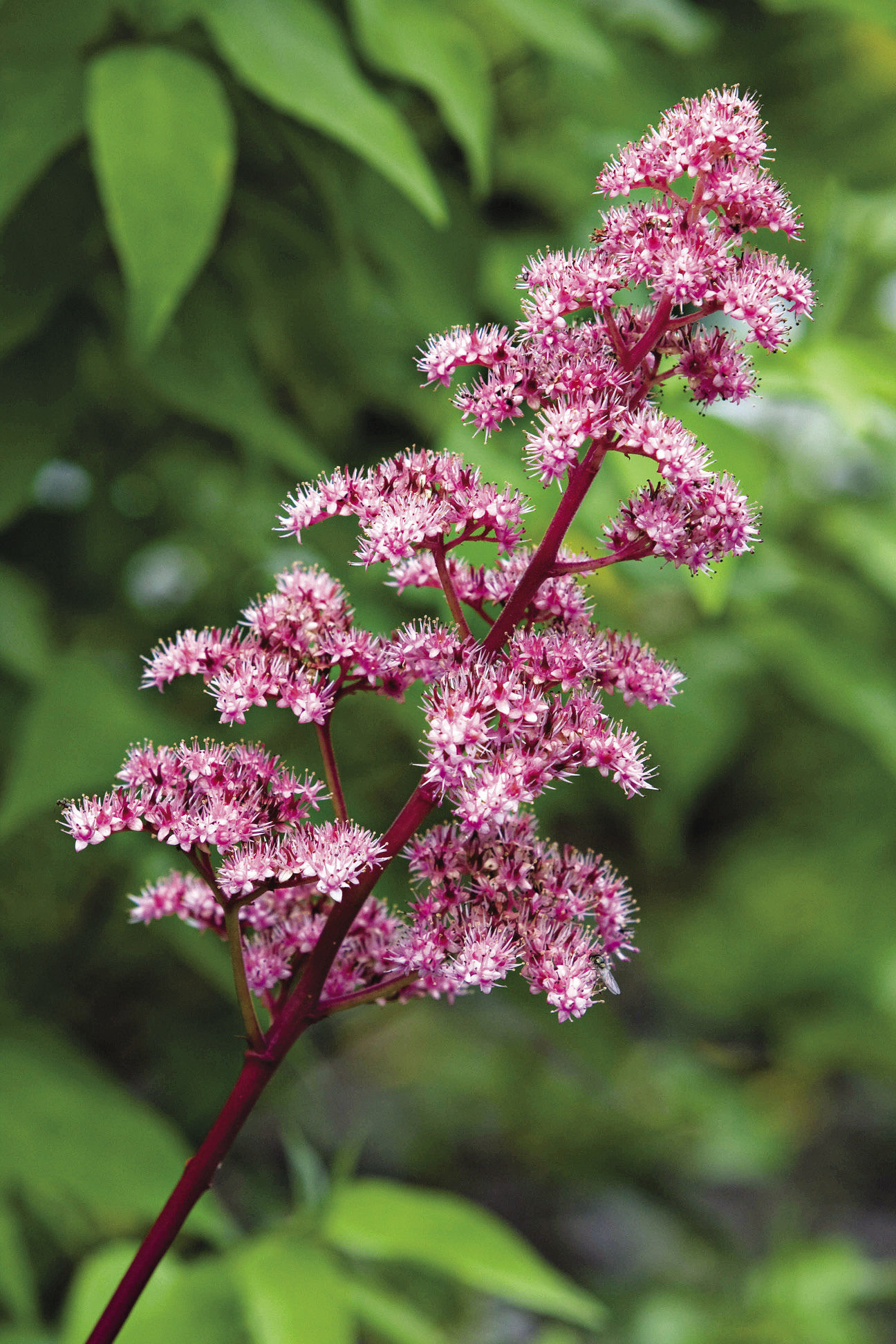
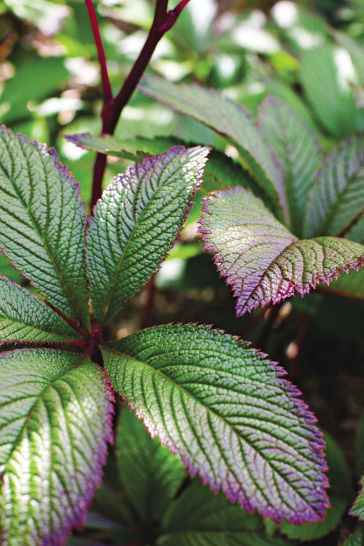
‘Chocolate Wing’ featherleaf rodgersia (R. pinnata ‘Chocolate Wing’) came a long way to show us its colors; like many of the cultivars in our trial, it has Continental roots—from Holland, to be exact. While not as dark hued as some newer selections, the heavily crinkled leaves mantled by rich, chocolatey bronze are quite impressive in midspring. By summer, just a tinge of bronze blushes the dark green leaves. Starry, pale pink flowers burst from rosy buds in late spring, rising a foot or so above the compact plants. I’m guessing that ‘Chocolate Wing’ is a nod to the common name, featherleaf rodgersia, but cultivar names sometimes baffle me.
You just can’t go wrong with plain old fingerleaf rodgersia (R. aesculifolia). I’ve had it in my garden for decades, and, despite only a whisper of bronze in spring, it’s as good as any other. The palmate leaves resemble horse-chestnut (Aesculus spp. and cvs.), hence the origin of the species’ name. Between 5 and 9 coarsely toothed leaflets arise from a central point, each up to a foot long and deeply wrinkled. Don’t blink because spring color goes from light bronze to dark green in a flash. As the creamy flowers pass, inflorescences turn pink and then green, and they remain looking good into the dog days of summer.
Trial Parameters
Between 2004 and 2014, the Chicago Botanic Garden evaluated 16 different rodgersias in a comparative trial.
Duration: A minimum of 6 years
Zone: 5b
Conditions: Partial shade; well-drained, alkaline, clay-loam soil
Care: Minimal, allowing plants to thrive or fail under natural conditions
Basics
Rodgersia 101
For optimal health and growth, rodgersias do best in consistently moist soils—no standing water, though—in sunny or shady gardens that are sheltered from desiccating winds. Cultural missteps are the usual cause of poor performance and unsightly leaves.
Here are some other cultural quirks of these bold plants.
Moisture: Young plants need adequate moisture to get established. Plants that don’t get enough moisture become ratty and unkempt as the summer goes on—a problem that can be exacerbated by high temperatures and direct sunlight. Mulching around the plants helps retain moisture and keeps soil cool.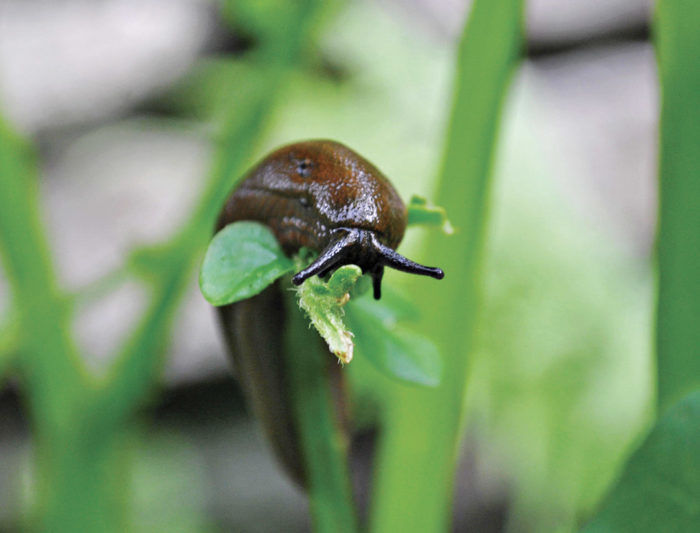
Pests: Rodgersias are untroubled by diseases, but slugs and snails can be pests.
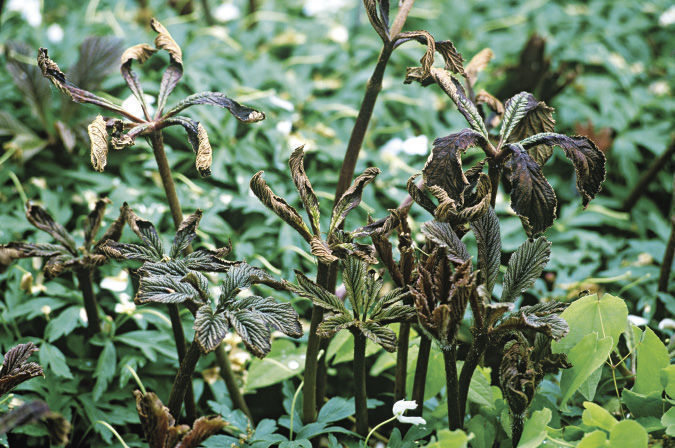
Frost: Late-spring frosts may damage emerging foliage in colder regions; bronzeleaf rodgersia emerges earlier than other species and so is more susceptible to frost in Zone 5.
Pruning: There’s not much care needed in summer except for removing damaged or unsightly foliage and deadheading when flower stems finally turn brown—they’re not pretty.
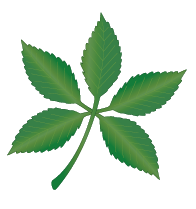
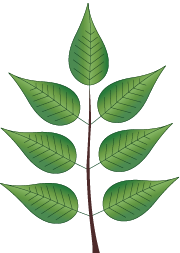
Foliage: The titanic leaves come in two basic shapes: palmately compound (picture your outstretched hand); pinnately compound, resembling an exaggerated feather. Spring leaf color varies and may be wholly burgundy or bronze or simply tinged with color. In all cases, the color is fleeting and eventually turns green or mostly so in the summer.
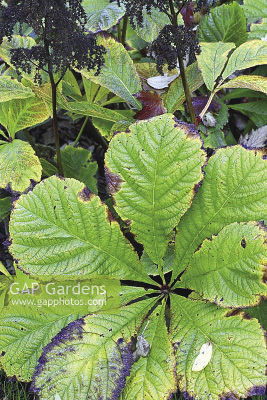
Sizing: Springtime temperatures and moisture directly affect leaf size—warm, wet springs supersize the leaves.
Habit: Rodgersias grow from stout, slowly spreading rhizomes that form large patches over time.
Flowers: In late spring, flower stalks rise high—up to 6 feet—above the leaves and are topped with large plumes of fragrant,apetalous flowers with creamy white, yellow, or pink sepals and stamens. The flower show can be quite dramatic, although we found that some rodgersias were shy to bloom, were not strong bloomers, or simply didn’t bloom at all.
The Wish-List
It’s a shame that more expansion hasn’t happened with this genus. However, after many years of the status quo, things are starting to pick up. It’s hard to give these guys a full-fledged endorsement, but I’m intrigued enough to give them a whirl ASAP.
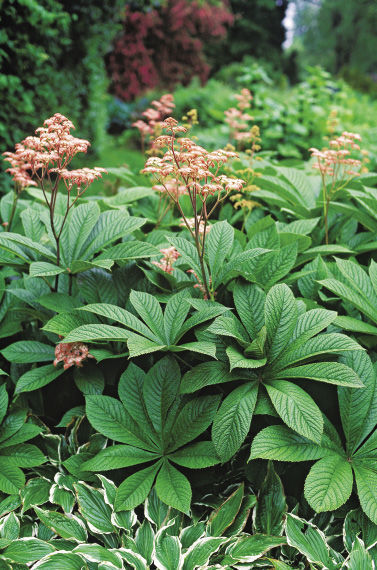
The large, palm like leaves are described as bronze-brown in spring, lime green in summer, and—wait for it—a stunning coppery bronze in fall. Huge clusters of pink flowers stand up to 2 feet above the generous foliage, giving ‘Big Mama’ some additional height and color in early summer.
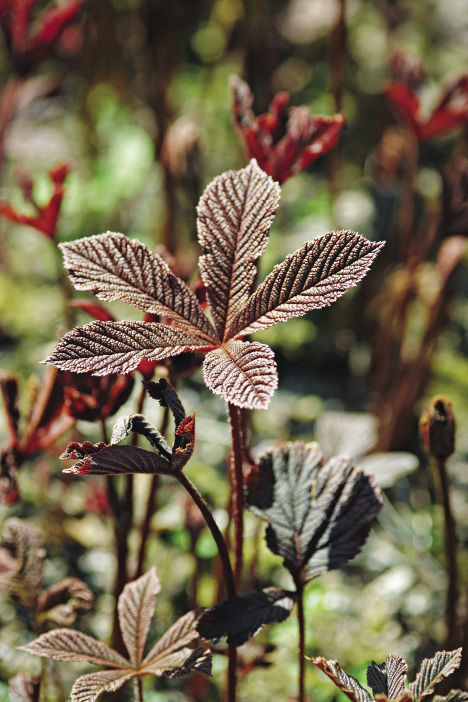
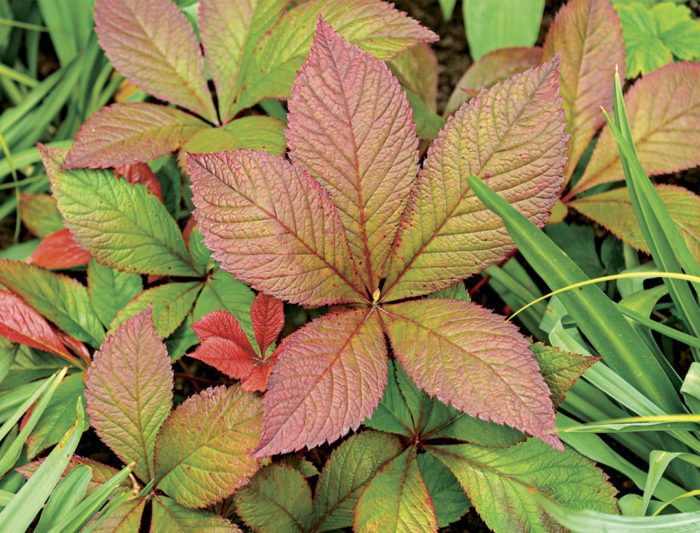
3. I came upon ‘Bloody Mary’ (R. ‘Bloody Mary’) at a garden center this past spring and wasn’t expecting how much I wanted it. Even in its gangly youth, it was impressive. The burnished bronze leaves—it was early June—seemed brighter and redder than other rodgersias I know. The leaves will ultimately be dark green and top out at 2 feet tall. From red buds burst dark pink flowers, which is a color novelty for rodgersias. I’m without a shade trial garden right now, so it was a long goodbye as I walked away without it.
• Rodgersia Trial Results •
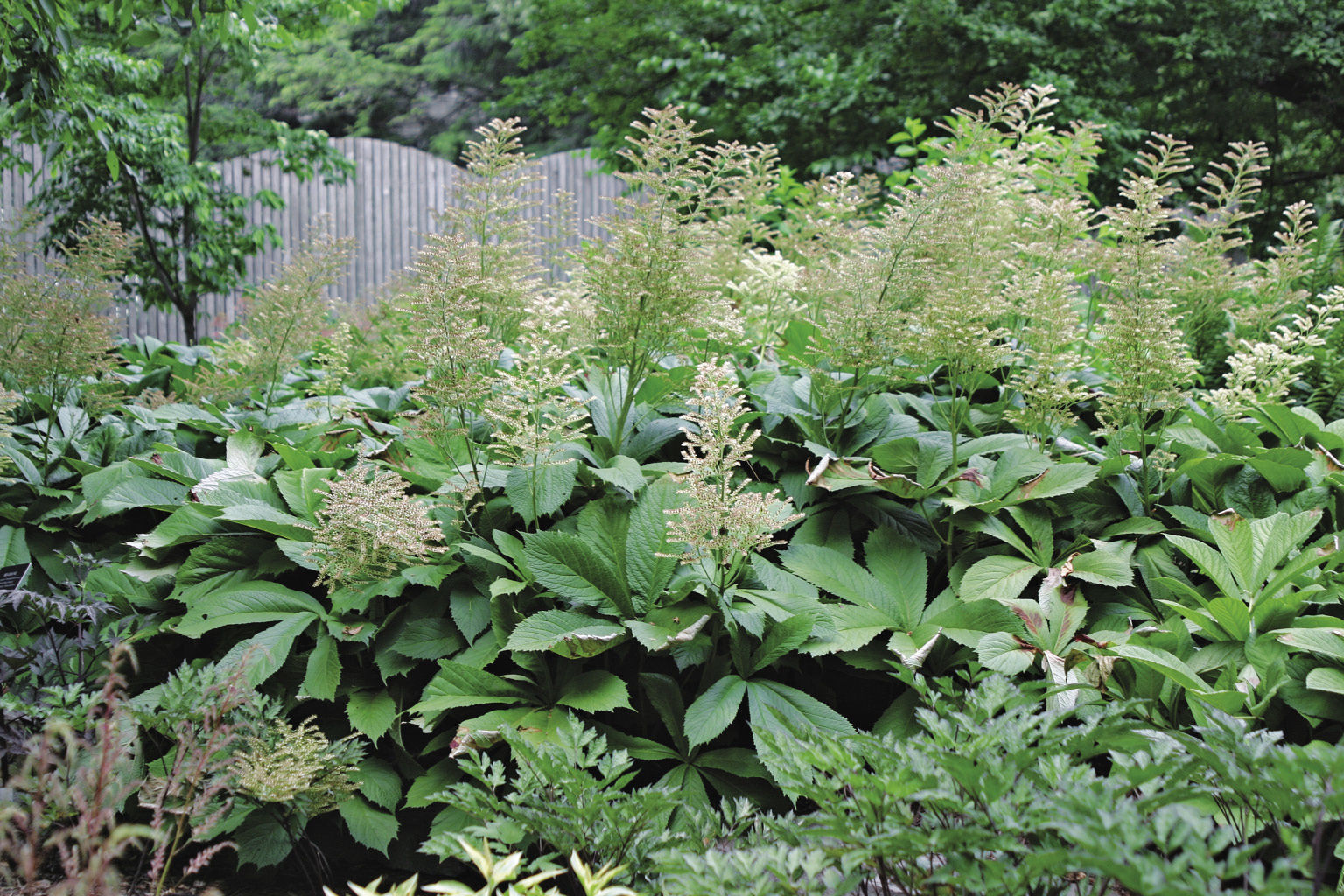
*Flower size: inflorescences measured as height x width
Richard Hawke is plant evaluation manager at the Chicago Botanic Garden in Glencoe, Illinois.
Illustrations by Conor Kovatch
Photos: Howard Rice/gapphotos.com; Martin Hughes/Alamy Stock Photo; Jonathan Buckley/gapphotos.com; Garden World Images Ltd./Alamy Stock Photo; Sweet Swede/Alamy Stock Photo; Richard Bloom/gapphotos.com; Maxine Adcock/gapphotos.com; FhF Greenmedia/gapphotos.com; Pernilla Bergdahl/gapphotos.com; Adrian Bloom/gapphotos.com; Christina Bollen/gapphotos.com; Blickwinkel/Alamy Stock Photo
Sources
Digging Dog Nursery; Albion, CA; 707-937-1130; diggingdog.com
Far Reaches Farm; Port Townsend, WA; 360-385-5114; farreaches farm.com
Plant Delights Nursery; Raleigh, NC; 919-772-4794; plantdelights.com
Fine Gardening Recommended Products

A.M. Leonard Deluxe Soil Knife & Leather Sheath Combo
Fine Gardening receives a commission for items purchased through links on this site, including Amazon Associates and other affiliate advertising programs.

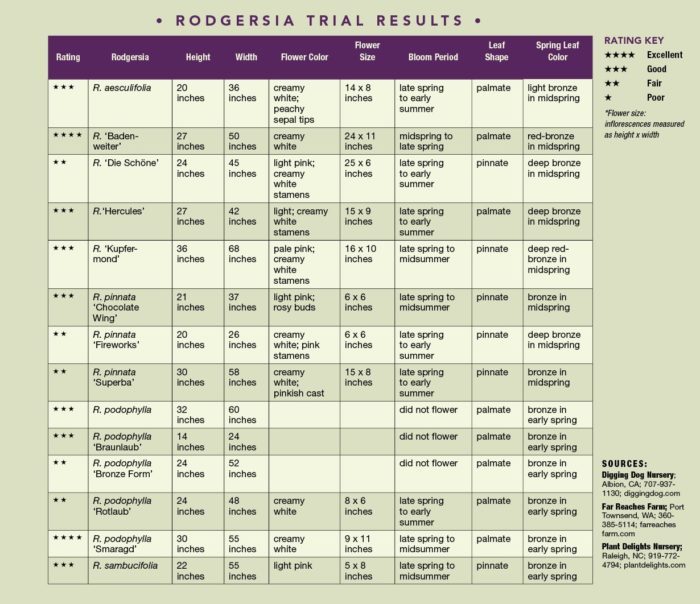


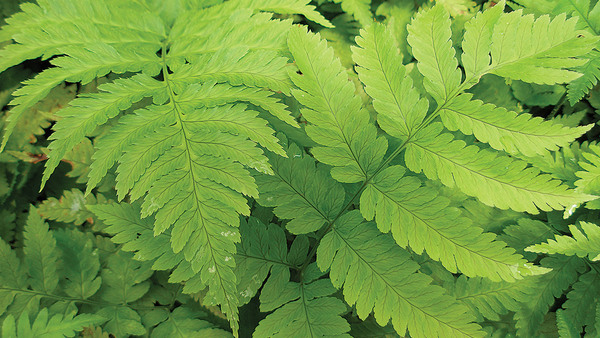














Comments
Log in or create an account to post a comment.
Sign up Log in